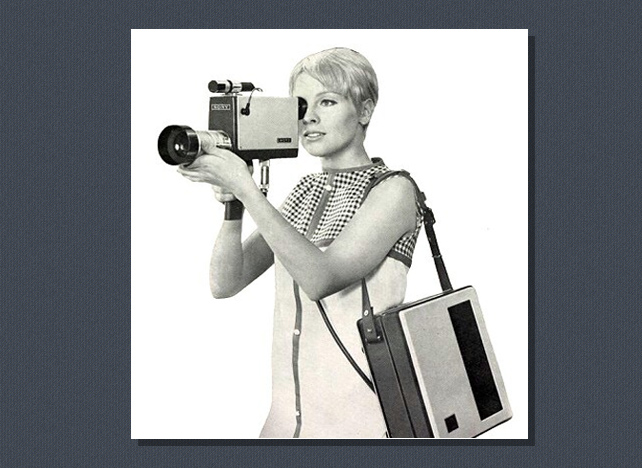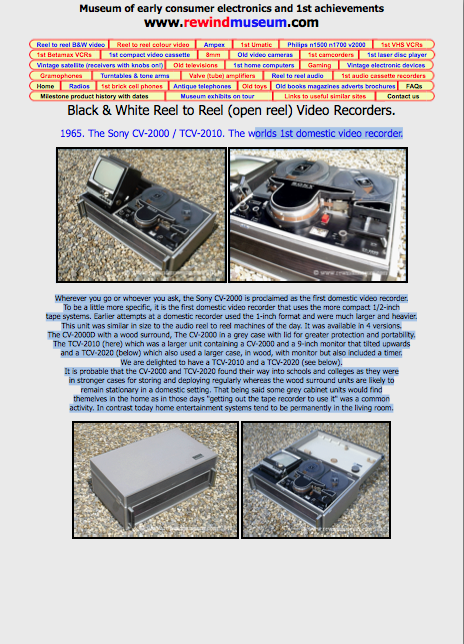In Geld. Gr – Money and The Greeks, Florian wants to find out how do Greeks react to the crisis? He find a very unique way to make this documentary
This project started in late 2011 when Florian Thalhofer and his later wife Elissavet Aggou traveled trough Greece to chat with people about how they are dealing with the economic situation they are in. While on the road, they wrote a blog about their experiences.
Money and The Greeks is different from other conventional documentaries because it is operated by Korsakow film system.
Over this documentary, it has a constituent background music. It feels like kind of sci-fi style with someone talking or digital sound. It consists of different content of video, some of them are produced by voice-over commentary and some of them are interviews. The interface style is different over the project. The formation of the videos is changing along with audience clicking into another new page.
Florian utilises the non-diegetic title to guide audience. The texts will come out when audience hold their cursor on the thumbnails. In a way, audience will not lose their track. Another amazing thing is Florian generates a rolling subtitle for four languages Greek, French, German and English. Honestly, this technique is indeed because of the content of interview. By the way, I wanna learn this technique as well. It would cool on my Korsakow.


